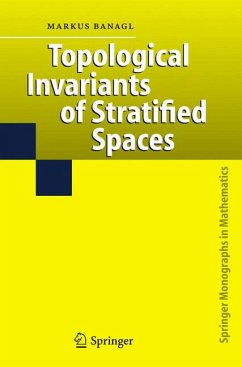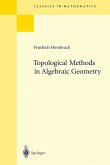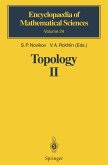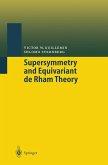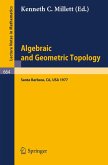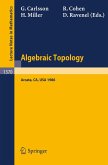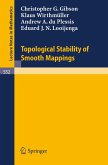After carefully introducing sheaf theory, derived categories, Verdier duality, stratification theories, intersection homology, t-structures and perverse sheaves, the ultimate objective is to explain the construction as well as algebraic and geometric properties of invariants such as the signature and characteristic classes effectuated by self-dual sheaves.
Highlights never before presented in book form include complete and very detailed proofs of decomposition theorems for self-dual sheaves, explanation of methods for computing twisted characteristic classes and an introduction to the author's theory of non-Witt spaces and Lagrangian structures.
Dieser Download kann aus rechtlichen Gründen nur mit Rechnungsadresse in A, B, BG, CY, CZ, D, DK, EW, E, FIN, F, GR, HR, H, IRL, I, LT, L, LR, M, NL, PL, P, R, S, SLO, SK ausgeliefert werden.

